Château-Guillaume
Château-Guillaume is a original pencil drawing on paper, realized around 1960's by the French artist André Roland Brudieux (1921-1999).
Monogrammed in pencil "ARB “ on the lower left margin.
This is how Brudieux represents the Guillaume Castle in the Fench town of Lignac: the medieval castle, the ancient fortress of Duke William X of Aquitaine is sketched with a rapid and talended sign, a photographic cud and delicate nuances.
This modern artwork is in very good conditions, including a cardboard passepartout (cm 34 x 49).
On the back, "Château-Guillaume" written in pencil, as usual the artist-traveler reports on the sheet the place where he stopped to draw.
André Roland Brudieux (Saint-Moreil, Creuse, France, 1921 – Paris, 1999)
The French artist spent his youth in Vendôme, in the departement of Loire-et-Cher , where he worked as a wallpaper stenciller. In 1939 he began to engrave and, in 1941, moved to Paris, studing at the École du Louvre between 1945-1957.
Talented draftsman and sensitive artist, André Roland Brudieux was a member of Surrealist mouvement , gravitating around André Breton and participating in Surrealist exhibitions in 1950. He also began to experiment the woodcut technique in 1997. Best-known as engraver or draftsman of natural landscapes, he was also a writer, who attended the great Parisian salons, and a collector of old wallpapers and artwork.
Château-Guillaume is a original pencil drawing on paper, realized around 1960's by the French artist André Roland Brudieux (1921-1999).
Monogrammed in pencil "ARB “ on the lower left margin.
This is how Brudieux represents the Guillaume Castle in the Fench town of Lignac: the medieval castle, the ancient fortress of Duke William X of Aquitaine is sketched with a rapid and talended sign, a photographic cud and delicate nuances.
This modern artwork is in very good conditions, including a cardboard passepartout (cm 34 x 49).
On the back, "Château-Guillaume" written in pencil, as usual the artist-traveler reports on the sheet the place where he stopped to draw.
André Roland Brudieux (Saint-Moreil, Creuse, France, 1921 – Paris, 1999)
The French artist spent his youth in Vendôme, in the departement of Loire-et-Cher , where he worked as a wallpaper stenciller. In 1939 he began to engrave and, in 1941, moved to Paris, studing at the École du Louvre between 1945-1957.
Talented draftsman and sensitive artist, André Roland Brudieux was a member of Surrealist mouvement , gravitating around André Breton and participating in Surrealist exhibitions in 1950. He also began to experiment the woodcut technique in 1997. Best-known as engraver or draftsman of natural landscapes, he was also a writer, who attended the great Parisian salons, and a collector of old wallpapers and artwork.



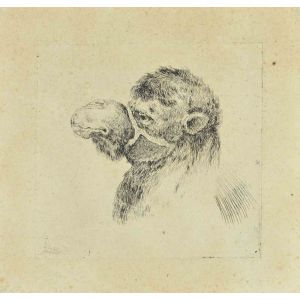
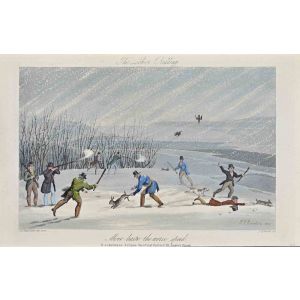
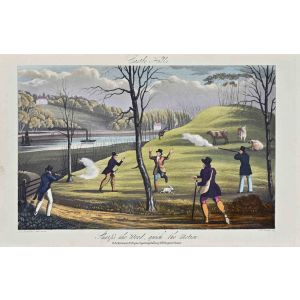
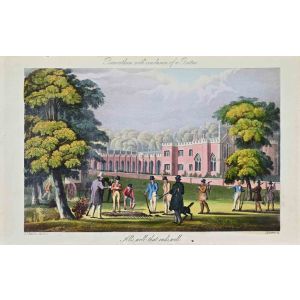
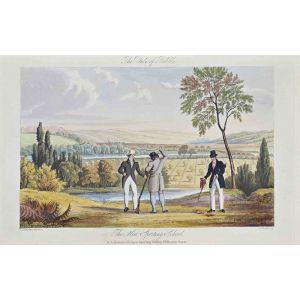
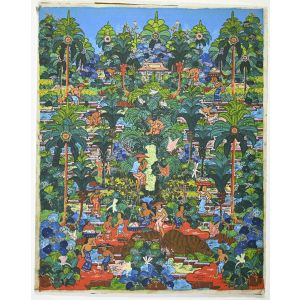
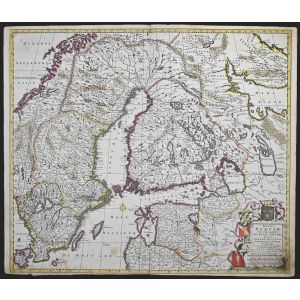
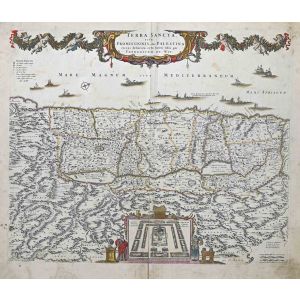
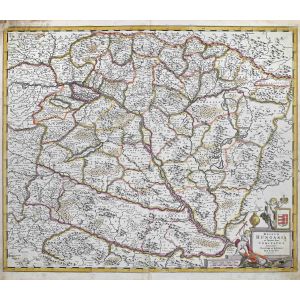
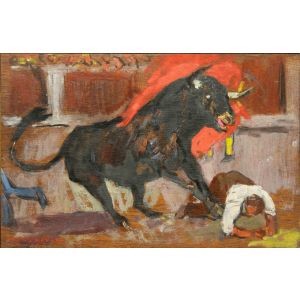
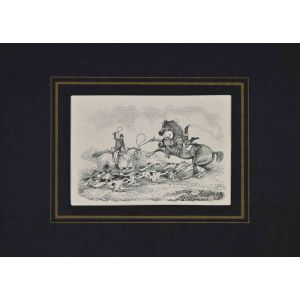
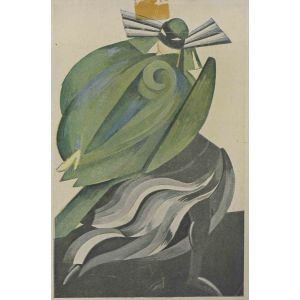
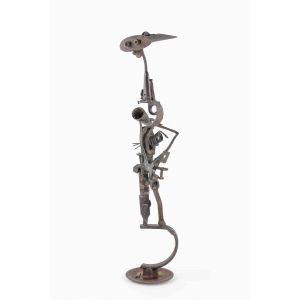
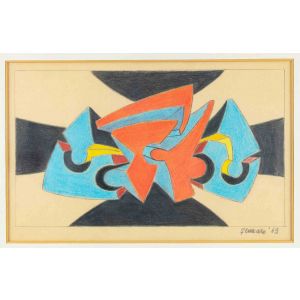
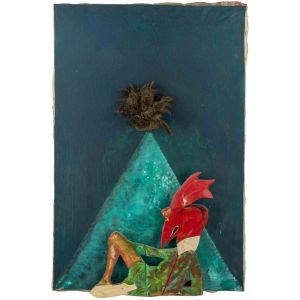
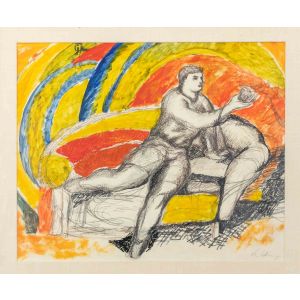

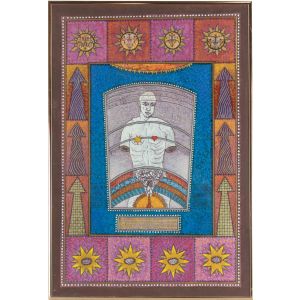
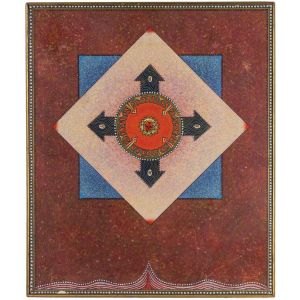
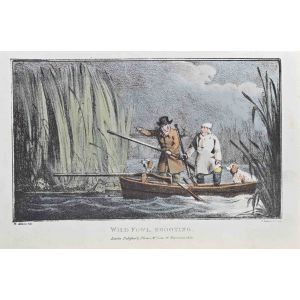

















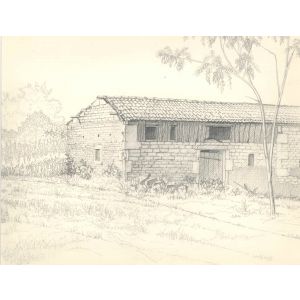


Validate your login
Sign In
Create New Account